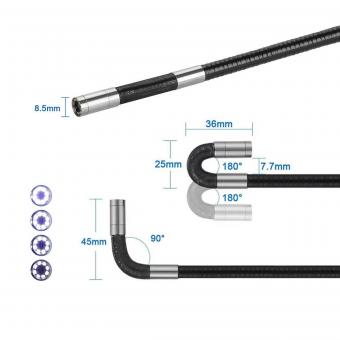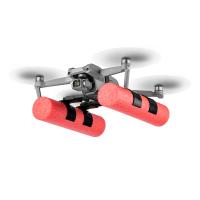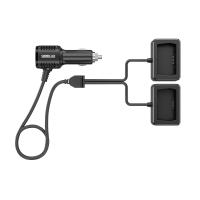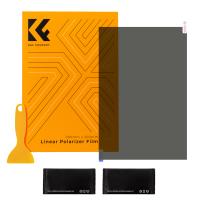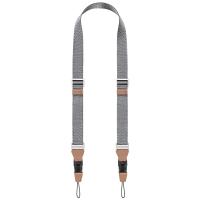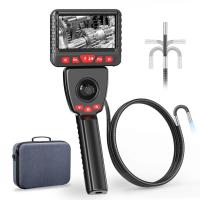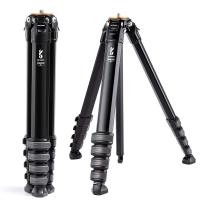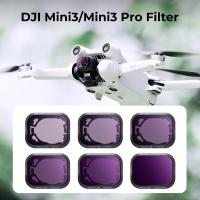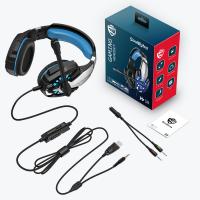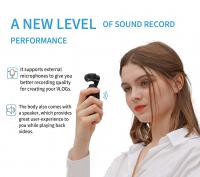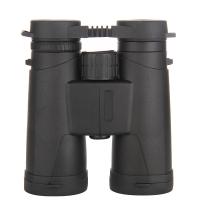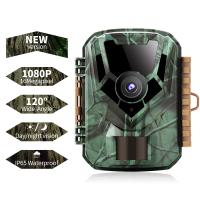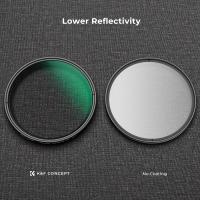What Is Endoscope Usb Camera ?
An endoscope USB camera is a medical device that is used to examine the inside of the body. It consists of a long, thin tube with a camera at the end that is connected to a computer or other device via a USB cable. The camera allows doctors to see inside the body without making large incisions, which can reduce the risk of complications and speed up recovery times. Endoscope USB cameras are commonly used in procedures such as colonoscopies, bronchoscopies, and laparoscopies. They can also be used in veterinary medicine to examine animals.
1、 Endoscopy
What is endoscope USB camera? An endoscope USB camera is a medical device that is used to examine the inside of the body. It is a small camera that is attached to a long, thin tube called an endoscope. The endoscope is inserted into the body through a small incision or natural opening, such as the mouth or anus. The camera then sends images to a monitor, allowing doctors to see inside the body and diagnose any problems.
Endoscopy is a minimally invasive procedure that has revolutionized the way doctors diagnose and treat a wide range of medical conditions. It is used to examine the digestive system, respiratory system, urinary system, and other internal organs. Endoscopy is less invasive than traditional surgery, which means that patients experience less pain, scarring, and recovery time.
The latest point of view on endoscopy is that it is becoming increasingly popular as a diagnostic tool. With the development of new technologies, such as high-definition cameras and advanced imaging software, doctors are able to see more clearly inside the body than ever before. This has led to more accurate diagnoses and better treatment outcomes for patients.
In addition, endoscopy is also being used for therapeutic purposes. For example, doctors can use endoscopy to remove polyps from the colon, treat bleeding ulcers in the stomach, and even perform weight loss surgery. As technology continues to advance, it is likely that endoscopy will become an even more important tool in the field of medicine.
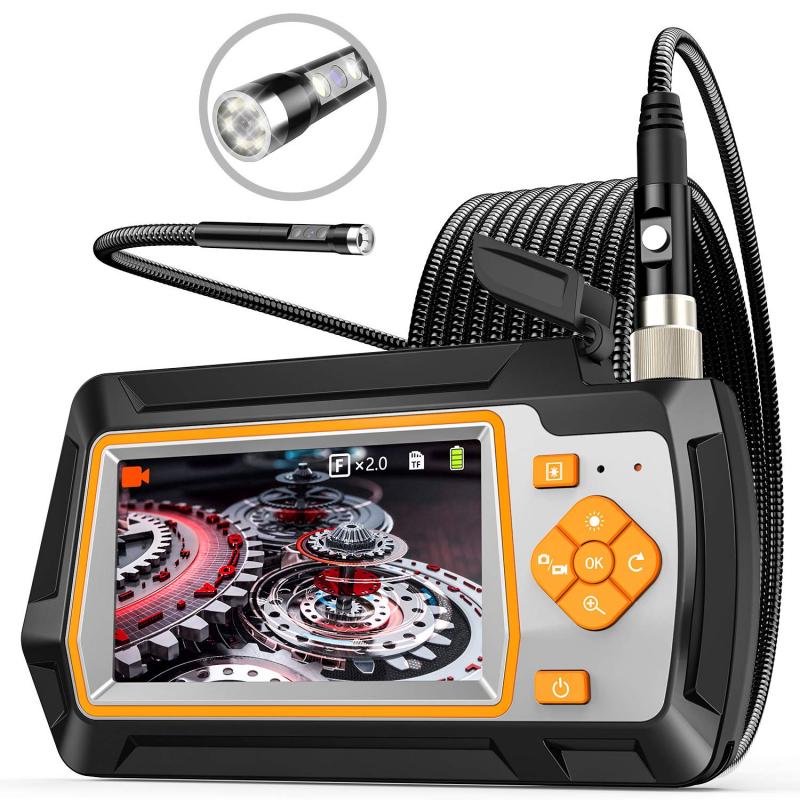
2、 USB technology
What is endoscope USB camera? An endoscope USB camera is a medical device that is used to examine the inside of the body. It is a small camera that is attached to a long, flexible tube that can be inserted into the body through a small incision or natural opening. The camera sends images to a computer or monitor, allowing doctors to see inside the body and diagnose medical conditions.
USB technology, on the other hand, is a widely used technology that allows devices to connect to a computer or other devices. USB stands for Universal Serial Bus, and it is a standard interface that is used to connect devices such as printers, cameras, and external hard drives to a computer.
The latest point of view on USB technology is that it continues to evolve and improve. The latest version of USB is USB 4, which offers faster data transfer speeds and improved power delivery. USB 4 also supports multiple data and display protocols, making it a versatile and powerful technology.
In conclusion, an endoscope USB camera is a medical device that uses USB technology to connect to a computer or monitor. USB technology continues to evolve and improve, making it a reliable and versatile technology for connecting devices to computers and other devices.
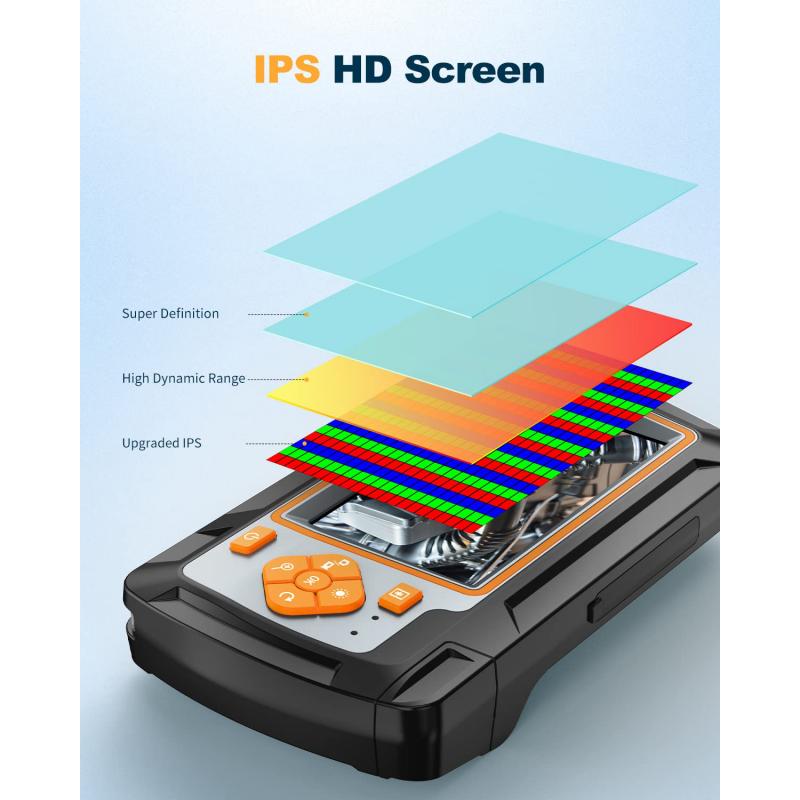
3、 Camera technology
What is endoscope USB camera? It is a type of camera technology that is used for medical purposes, specifically for examining the inside of the human body. The endoscope USB camera is a small, flexible camera that is attached to a long, thin tube. The tube is inserted into the body through a small incision or natural opening, such as the mouth or anus. The camera then sends images to a computer or monitor, allowing doctors to see inside the body and diagnose any issues.
In recent years, the endoscope USB camera technology has advanced significantly. The cameras have become smaller and more flexible, allowing doctors to access even more areas of the body. Additionally, the image quality has improved, providing clearer and more detailed images for diagnosis. The cameras can also be equipped with additional features, such as zoom and video recording capabilities.
The endoscope USB camera technology has revolutionized the medical industry, allowing for less invasive procedures and faster recovery times for patients. It has also improved the accuracy of diagnoses, leading to better treatment options and outcomes. As technology continues to advance, it is likely that the endoscope USB camera will continue to play a crucial role in the medical field.

4、 Medical imaging
What is endoscope USB camera? It is a medical imaging device that is used to capture images and videos of the internal organs and structures of the human body. The endoscope USB camera is a small, flexible camera that is attached to the end of a long, thin tube. The tube is inserted into the body through a small incision or natural opening, such as the mouth or anus.
The endoscope USB camera is used in a variety of medical procedures, including colonoscopies, bronchoscopies, and laparoscopies. It allows doctors to see inside the body and diagnose and treat a wide range of medical conditions.
The latest point of view on endoscope USB cameras is that they are becoming increasingly advanced and sophisticated. New technologies are being developed that allow for higher resolution images and videos, as well as more precise control of the camera during procedures.
One example of this is the development of 3D endoscope USB cameras, which provide a more immersive and detailed view of the internal organs and structures of the body. Another example is the use of artificial intelligence and machine learning algorithms to analyze the images and videos captured by the endoscope USB camera, allowing for more accurate and efficient diagnosis and treatment of medical conditions.
Overall, the endoscope USB camera is an essential tool in modern medicine, allowing doctors to see inside the body and provide better care for their patients. As technology continues to advance, we can expect to see even more innovative uses for this important medical imaging device.










